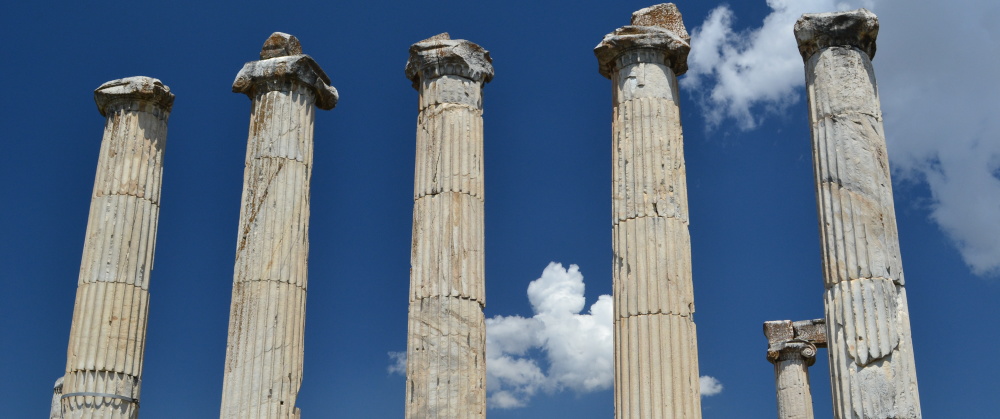Is there inscriptional proof of the empty tomb of Jesus? Some scholars say yes. The epigraph to which they point is the so–called Nazareth Inscription, which is a Greek epigraph, dated to the first century BCE to first century CE by paleographic means, that supposedly came from Nazareth, Jesus’s hometown (for more on the Nazareth Inscription’s history see my first podcast on the subject by clicking here). The epigraph itself is an edict from a “Caesar” that references the desecration of a tomb by the removal of a corpse and proscribes any further such behavior (for the Greek and my translation of the Nazareth Inscription click here). Given that the text supposedly came from Nazareth, that its date coincides with Jesus’s crucifixion (30–33 CE), and that it mentions the removal of a corpse, not a few Biblical scholars and some Christian apologists conclude that the Nazareth Inscription is connected to the empty tomb of Jesus and at the very least to the early Christian movement (for more information see my first podcast on the Nazareth Inscription by clicking here).
However, a recent scientific study of the marble of the Nazareth Inscription demonstrates once and for all that the epigraph is neither connected to Nazareth nor Jesus’s empty tomb (see Kyle Harper, Michael McCormick, Matthew Hamilton, Chantal Peiffert, Raymond Michels, and Michael Engel, “Establishing the Provenance of the Nazareth Inscription: Using Stable Isotopes to Resolve a Historic Controversy and Trace Ancient Marble Production,” Journal of Archaeological Science: Reports 30 [2020]: 102228). Rather, the marble is almost certainly from the island of Cos, about 1000 km or 690 miles from ancient Palestine. For a discussion of this new revelation click here to hear my latest podcast.
